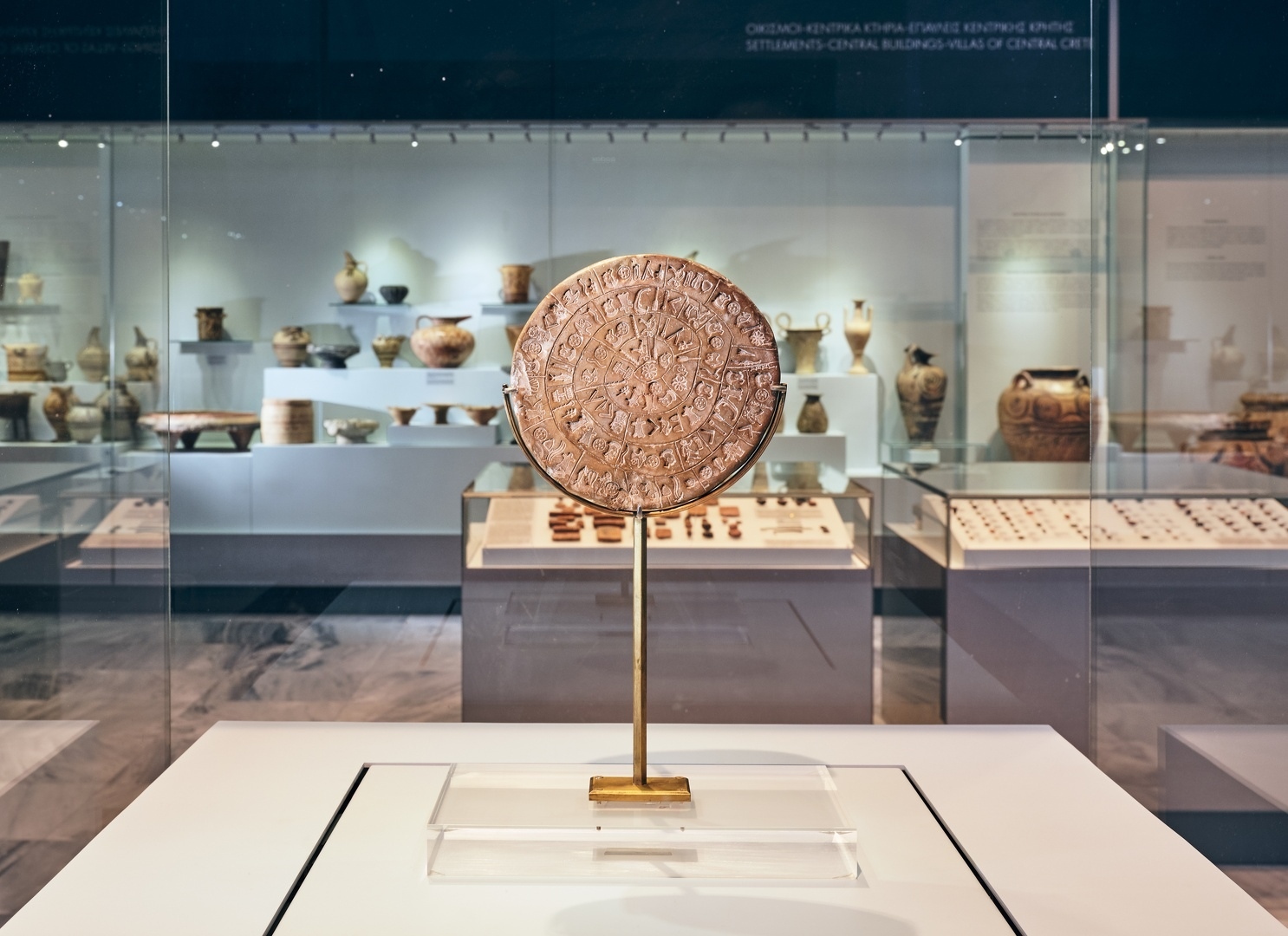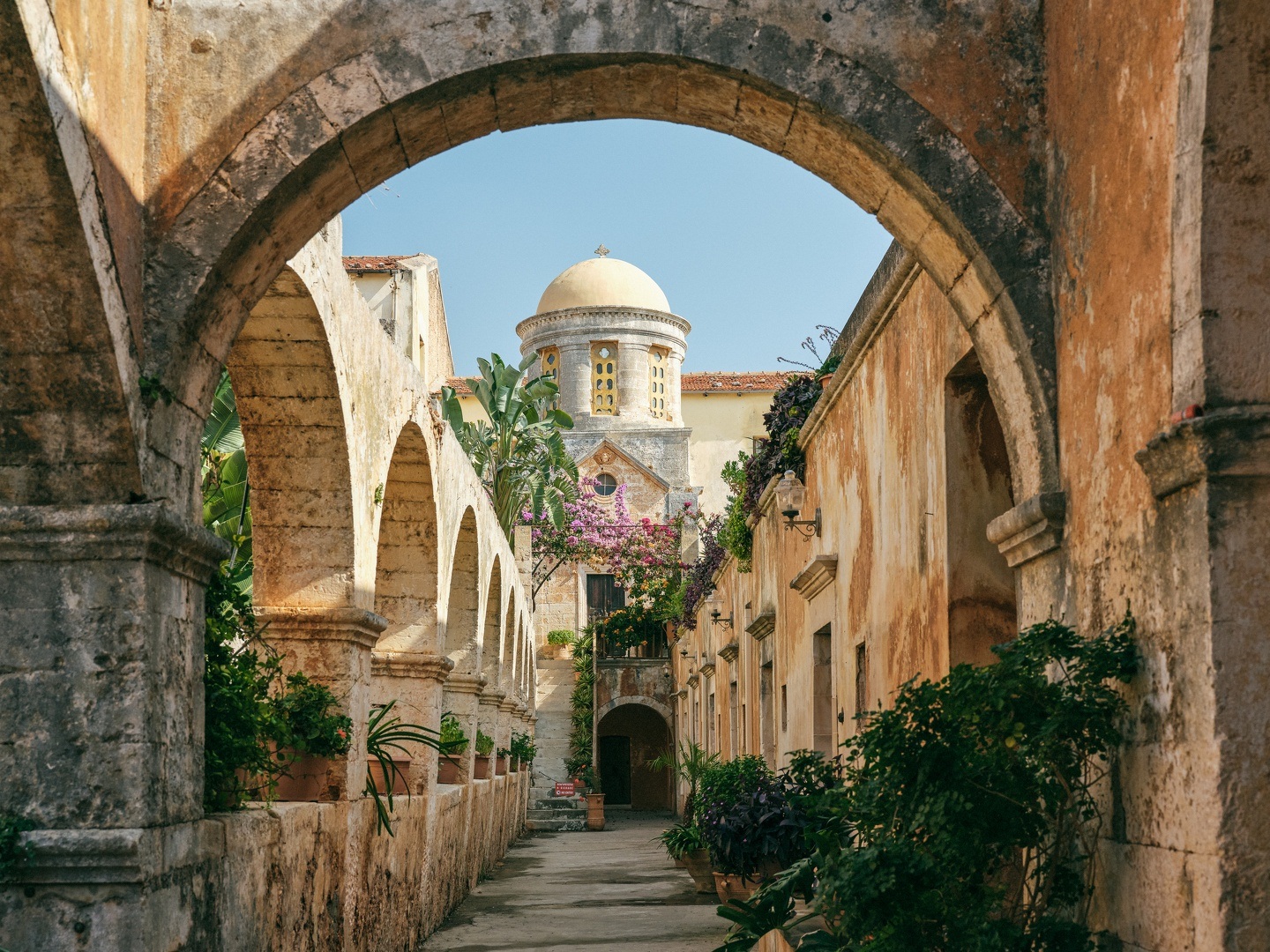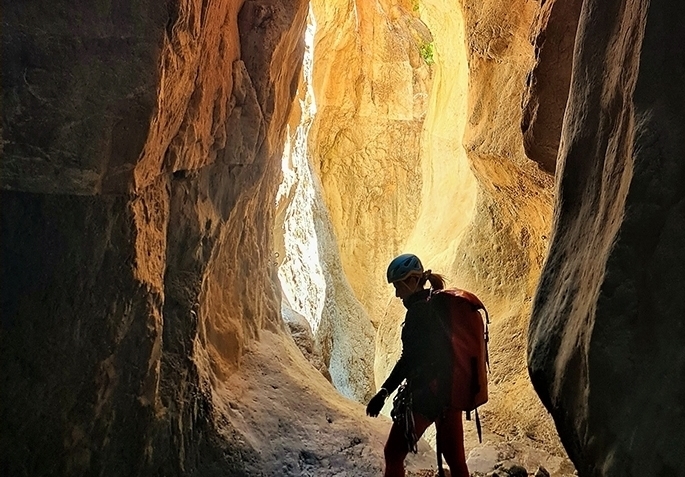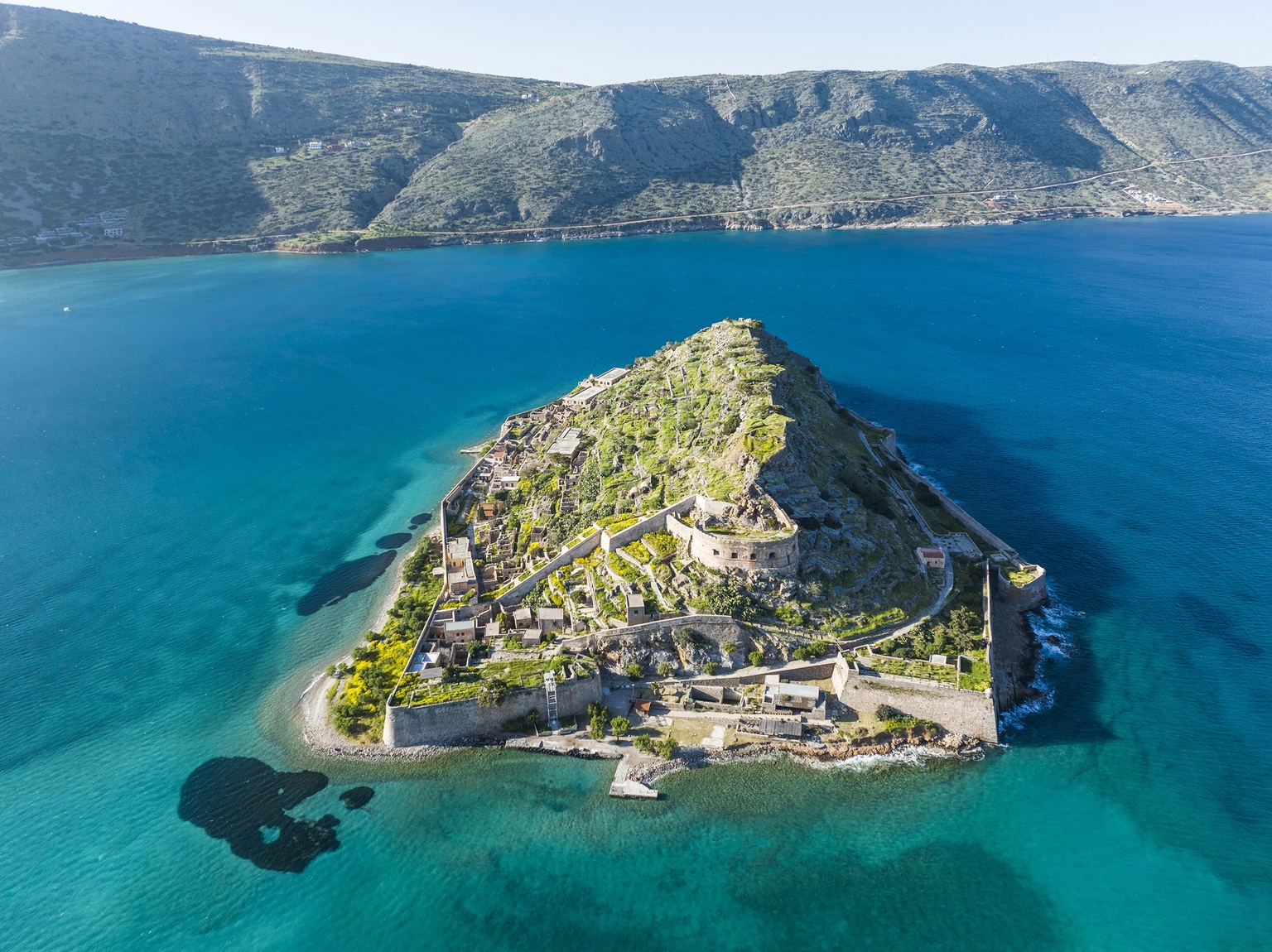European Fat/Edible Dormouse
In Crete, the primary population of edible dormice can be found within the Samaria Gorge.
The edible dormouse (Glis glis argenteus) represents a subspecies of the widespread dormouse found across Europe and western Asia. In Crete, its primary population thrives within the Samaria Gorge.
These creatures can grow up to 20 cm in length, boasting a grey back and head adorned with distinctive eye circles. Resembling squirrels, they possess large, rounded ears, small eyes, and a tufted tail, while also equipped with claws for climbing trees.
Edible dormice reside within forests and orchards, seeking refuge in tree hollows that they camouflage with branches. They reproduce once annually, giving birth to 4-6 offspring, which reach maturity at the age of 2 years. Female members of the species attract males for mating through distinctive whistling-like sounds and the emission of an enticing odour.
Edible dormice are creatures that are active both day and night, and they exhibit remarkable agility, capable of leaping into trees with impressive jumps of up to 10 metres. They possess well-developed sensory faculties, including sight, hearing, smell, and touch. While they are omnivorous, their primary diet consists of leaves, seeds, and various fruits.
This species enters a state of hibernation, creating burrows typically dug at the end of summer. While in hibernation, they accumulate a significant amount of fat in their bodies.
Photo: gezafarkas Via create.vista




















